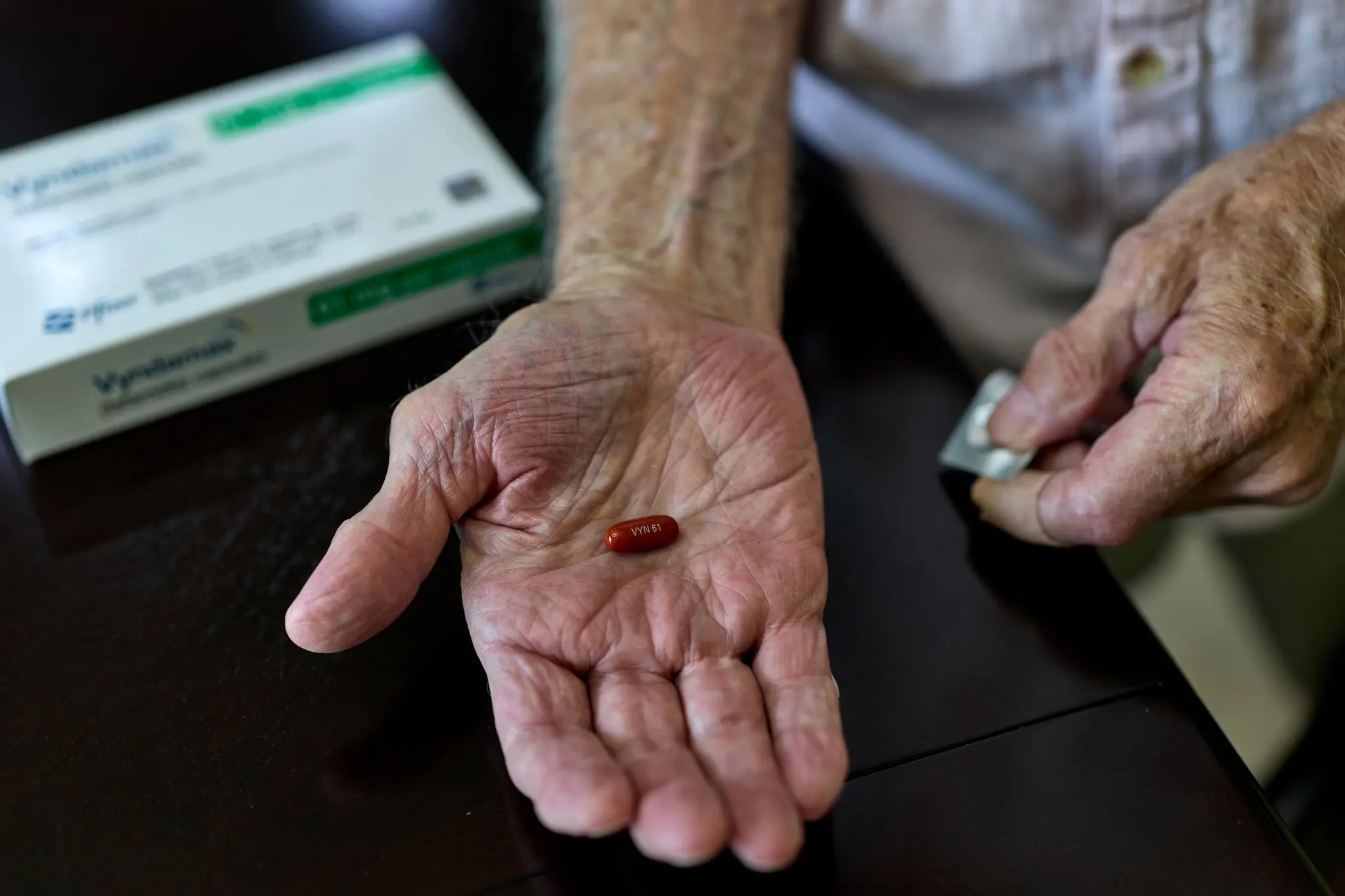A couple of highlights from around the web that made it into our feeds this week.
Once a Death Sentence, This Heart Condition Is Finally Treatable
Cardiac amyloidosis was long considered a rare and untreatable form of heart failure; its early signs, like carpal tunnel or tendon ruptures, were often dismissed, its progression deemed inevitable. But new diagnostics and therapies are shifting that narrative. This insightful piece follows patients whose lives have been extended, and really transformed, thanks to these new drugs, which can reduce deaths by up to 35 percent. With a nice amount of nuance, this article explores the biology behind amyloid buildup in the heart, why diagnosis is often delayed, and how equity and access issues remain a hurdle, even in the face of remarkable progress. (from nytimes.com)
The ‘Profound’ Experience of Seeing a New Color
What does it mean to see something no human has seen before? In a lab at UC Berkeley, a group of scientists has managed to elicit an entirely new visual experience—a color that doesn’t exist in nature, dubbed olo. It’s a human-only, machine-enabled moment: the result of precisely targeting retinal cones with lasers to stimulate the brain’s color-processing system in an unprecedented way. Part science story, part philosophical musing, this piece is a reflection on subjectivity, vision, and the limits (and potential) of human perception. (from theatlantic.com)
Chemical Pollution: A Climate-Level Threat, Hiding in Plain Sight
A staggering 100 million synthetic chemicals are now in circulation, and many of them have made their way into our food, water, air, and bodies. This quietly urgent report compares chemical pollution to climate change in both scale and danger, but notes it's decades behind in public awareness and policy response. Drawing from hundreds of studies and interviews, it outlines the connections and correlations between everyday exposures and serious health outcomes, from infertility to cancer, while also calling out the systemic failures in chemical testing and regulation. Sobering, yes—but not without hope. As one researcher puts it, progress may be as simple as consumer demand for safer products. (from theguardian.com)
Related:
- What We’re Reading: 07/07/25
- “The Sacrament of Utility” Dr. Craig Smith’s 2025 Commencement Address at Case Western Reserve University School of Medicine
- “Dr. AI” Video Series: Can ChatGPT Step Up to The Medical Challenge?

